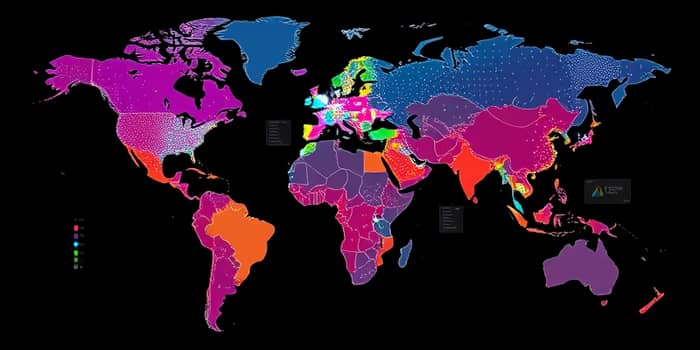
In an era where personalization rules and consumer expectations rise, defining your market segment with data-driven precision is no longer optional—it’s essential for growth and retention.
Market segmentation is the process of dividing a broad market into smaller, manageable groups based on shared characteristics. This method enables businesses to tailor marketing strategies for audiences who share similar needs and purchase behaviors.
By 2025, companies that embrace segmentation stand to strengthen customer loyalty, optimize budgets, and carve out competitive advantages.
Advanced segmentation and personalization can deliver 5–10% higher revenue and drive substantial marketing efficiency gains. Brands that adopt a consumer-centric approach report a 30% increase in loyalty, while 81% of consumers are more likely to buy from companies offering personalized experiences.
Moreover, targeted campaigns can generate up to a 760% revenue uplift, showcasing the power of using precise audience data to connect with customers.
Understanding the main segmentation types helps you choose the right criteria for your goals. Below is a breakdown of key approaches:
Modern tools harness advanced analytics and AI for real-time segmentation and targeting. Consider the following methods:
Leading advertising platforms—such as Google Ads and Meta—leverage AI to break down audiences by attributes like income, age, and location. This approach enables highly customized campaigns that resonate deeply.
Statistics underscore the impact: 78% of marketers assert segmentation is their top email marketing tactic, while high-growth companies generate 40% more revenue from personalized strategies than slower peers.
A methodical process ensures you harness data effectively:
Successful brands showcase the transformative power of segmentation:
When executed well, segmentation delivers tangible benefits. Businesses report a 5–10% uplift in revenue and significant reductions in marketing spend thanks to more efficient campaign delivery.
Customer retention and satisfaction also soar, driving advocacy and organic growth. Precise segmentation highlights product gaps and informs development, fostering stronger market fit.
Looking forward, AI and machine learning will further revolutionize segmentation by enabling dynamic, context-aware customer grouping in real time.
Technology consolidation among major platforms promises deeper integrations, making advanced segmentation tools more accessible to businesses of all sizes.
Clarifying your market segment through real data is a strategic imperative. By adopting robust methods, leveraging advanced tools, and following a structured process, you can unlock higher revenues, enhanced customer loyalty, and sustainable growth. Start today to harness the full potential of data-driven segmentation and lead your market with confidence.
References













